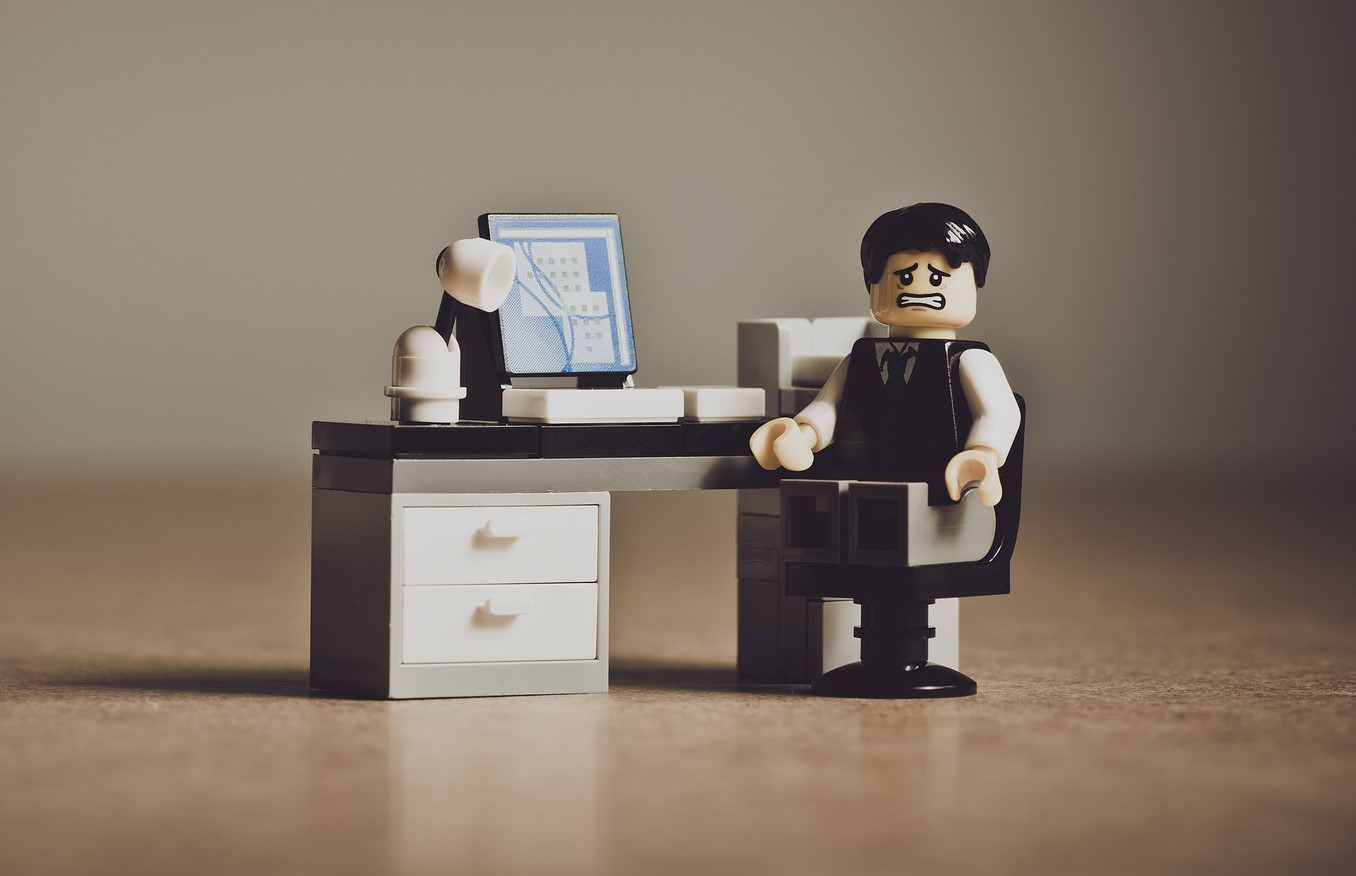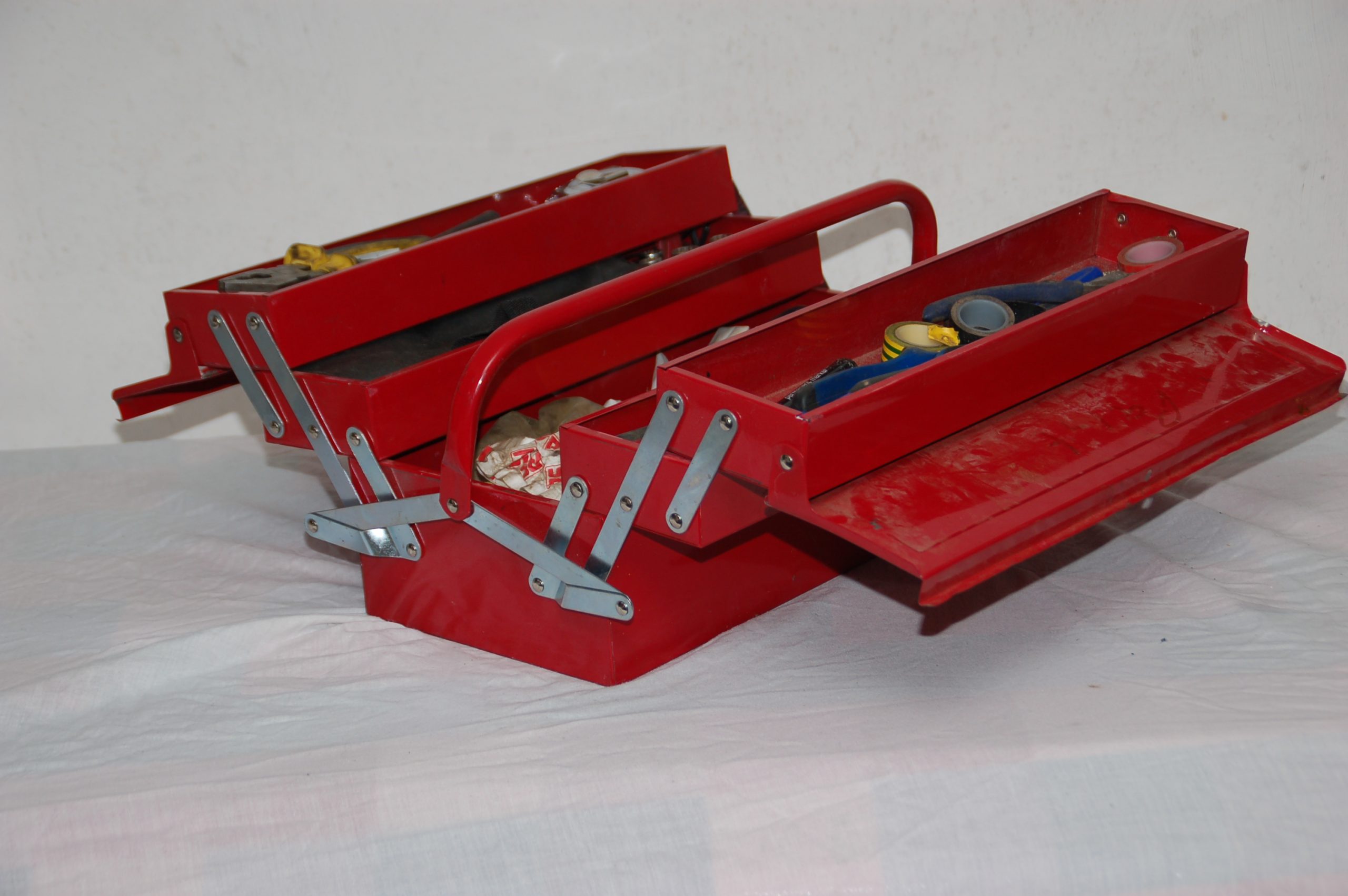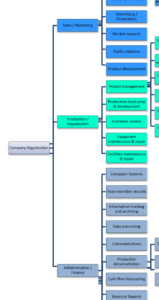Action Is Required for Building Anything
It doesn’t matter if we are building a home, a business or a life…they all require physical action. Planning is critical but not enough.
At a lunch meeting with my financial assistant (my sister) earlier this week we were discussing what is needed to move closer to achieving the company’s goals. This conversation confirmed what I already knew. By nature, I am a planner, a dreamer and a recovering perfectionist. I have lots of ideas and plans, all great ones too, no doubt. 😊 But it takes more than just plans.
The necessary thing needed to build the business, just like a building, is action. You can’t live in a blueprint. The same is true for a business. You have to move beyond planning. You have to do the first next thing.

When doing a construction project, I understand the order of the process – to start, proceed and finish. I asked myself why the physical construction comes naturally but I struggle with building a business. I have come up with a few reasons for this:
- It’s hard for me to delegate – I know that I suck at it. People who know me know that I suck at it. This leaves me with two options; do everything myself and do less or share the shovels. I listened to a Story Brand podcast a few days ago that pointed out that successful entrepreneurs don’t try to do everything by themselves.

- I have a broken people meter – I was thinking about the discussion with my sister and came to the realization that part of the delegation problem is that my people meter is broke or maybe I just don’t have one. So, I need to incorporate the help of people who have good people meters into the process of finding the right people to delegate to.
- My “to do list” is too long and I like lists – When the list of things that need to be done is too long we become overwhelmed. Being pulled in so many different directions leads to confusion and causes a lack of clarity. Trying to spin too many plates doesn’t move things forward it just makes us dizzy. Trying to do too many things causes chaos. I don’t have the time to do everything on my list. We need a plan for this but if things are going to change there needs to be some action.
-
Recovering perfectionist – Finding the separation between perfection and excellence is tricky. This is a very fine line. Having been a perfectionist for years it is difficult to not cross back into perfection. Perfection causes inaction. It slows down all the processes and makes it difficult to leave the planning and start the doing.
 Moving forward with the first next step I must narrowly clarify excellent delegation.
Moving forward with the first next step I must narrowly clarify excellent delegation.
Just like I can’t drive more than one nail at a time when doing physical construction, the same is true when building a business or a life. If I don’t quit trying to perfect the plans and start swinging the hammer I will never get anything built.


 Moving forward with the first next step I must narrowly clarify excellent delegation.
Moving forward with the first next step I must narrowly clarify excellent delegation.




 One of the discussions about this had to do with someone who was self-employed. This person’s family couldn’t understand why they couldn’t do some additional things around the house. They had extra time because, after all, they were self-employed. Another conversation was with a business owner. They said they hoped they wouldn’t need to work on the upcoming Father’s Day, because they had already worked the last fourteen days. Then he said, “but if that’s what it takes, I guess I will”.
One of the discussions about this had to do with someone who was self-employed. This person’s family couldn’t understand why they couldn’t do some additional things around the house. They had extra time because, after all, they were self-employed. Another conversation was with a business owner. They said they hoped they wouldn’t need to work on the upcoming Father’s Day, because they had already worked the last fourteen days. Then he said, “but if that’s what it takes, I guess I will”. We all know that there is a fixed amount of time so why is it that we’re always over filling it? Even less ambitious and less driven people complain about not having enough time to do everything they want to.
We all know that there is a fixed amount of time so why is it that we’re always over filling it? Even less ambitious and less driven people complain about not having enough time to do everything they want to. We have the power within our-SELF to take control of this.
We have the power within our-SELF to take control of this.
 What if there’s an underground water line leaking in your back yard. You can see that spot where the grass is green in an otherwise brown lawn. The water bill is more than ever before and getting bigger each month. That doesn’t matter, the prospect of getting your shovel out of the tool shed and digging is more than you can bear to think about. So, you put it off and pretend that it’s not a problem.
What if there’s an underground water line leaking in your back yard. You can see that spot where the grass is green in an otherwise brown lawn. The water bill is more than ever before and getting bigger each month. That doesn’t matter, the prospect of getting your shovel out of the tool shed and digging is more than you can bear to think about. So, you put it off and pretend that it’s not a problem. The same thing is true about the Savings Transfer Sheet. If you will take the time to get it out of the tool box, spend some time learning how to use it and use it regularly, it will make a significant difference in stopping your financial leaks.
The same thing is true about the Savings Transfer Sheet. If you will take the time to get it out of the tool box, spend some time learning how to use it and use it regularly, it will make a significant difference in stopping your financial leaks.

 passed since then, that for most people it’s become a distant memory. If you have ever talked with someone who went through the depression or a similar experience, saving money was more than something that needed to be done, it often was the difference between life and death.
passed since then, that for most people it’s become a distant memory. If you have ever talked with someone who went through the depression or a similar experience, saving money was more than something that needed to be done, it often was the difference between life and death. way to separate money that would be needed later. How was I going to do it? Several years ago, my wife and I found out about Dave Ramsey and his Financial Peace Program**. It is a program that teaches you to, “Live like no one else, so that later you can live like no one else.” The very first lesson he teaches is “Super Saving”. It is a common-sense approach to saving money and the reasons it is important to do so. This was great for my personal finances but wasn’t an exact fit for my business.
way to separate money that would be needed later. How was I going to do it? Several years ago, my wife and I found out about Dave Ramsey and his Financial Peace Program**. It is a program that teaches you to, “Live like no one else, so that later you can live like no one else.” The very first lesson he teaches is “Super Saving”. It is a common-sense approach to saving money and the reasons it is important to do so. This was great for my personal finances but wasn’t an exact fit for my business.
 While she was sleeping the bears came home to find that someone had been eating their porridge, sitting in their chairs and sleeping in their beds. Just then Goldilocks woke up and ran screaming from the house.
While she was sleeping the bears came home to find that someone had been eating their porridge, sitting in their chairs and sleeping in their beds. Just then Goldilocks woke up and ran screaming from the house. over. It often ends in disaster with unhappy customers and/or going out of business.
over. It often ends in disaster with unhappy customers and/or going out of business.

 There is a limit to how much a single individual can do. We can only run back and forth keeping the plates spinning for so long before they start falling and breaking. This means there is a maximum number of people that I can provide my services to by myself.
There is a limit to how much a single individual can do. We can only run back and forth keeping the plates spinning for so long before they start falling and breaking. This means there is a maximum number of people that I can provide my services to by myself.

 It is common for people to start a business without a plan. Generally, someone has learned a trade or a craft and for whatever reason they decide to go into business on their own. Most of the time they have given little, if any, thought to business structure. They show up every day working hard and then…surprise, you owe some taxes and haven’t saved any money to pay them. They needed a plan, a blueprint for building the business.
It is common for people to start a business without a plan. Generally, someone has learned a trade or a craft and for whatever reason they decide to go into business on their own. Most of the time they have given little, if any, thought to business structure. They show up every day working hard and then…surprise, you owe some taxes and haven’t saved any money to pay them. They needed a plan, a blueprint for building the business.

